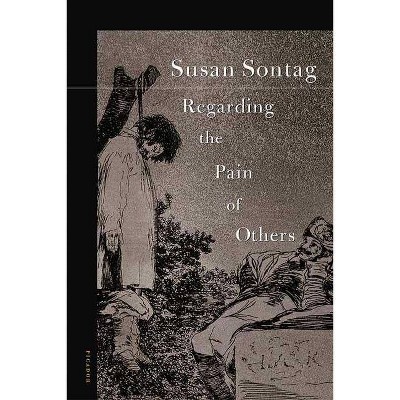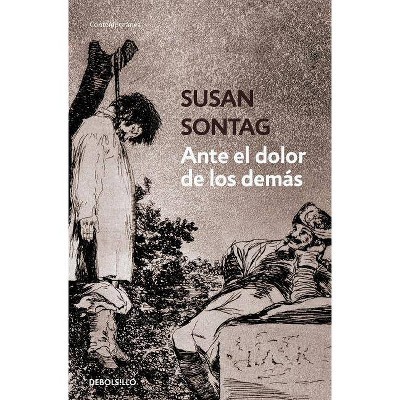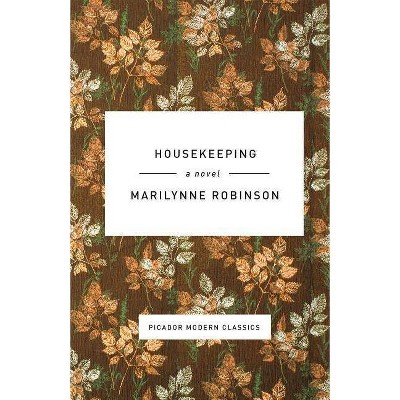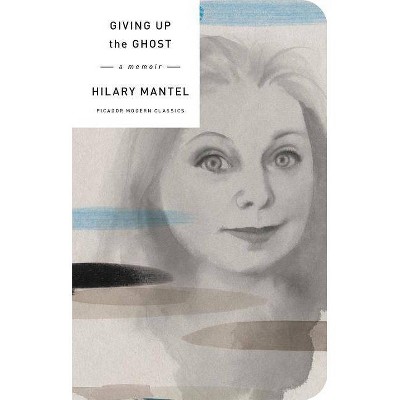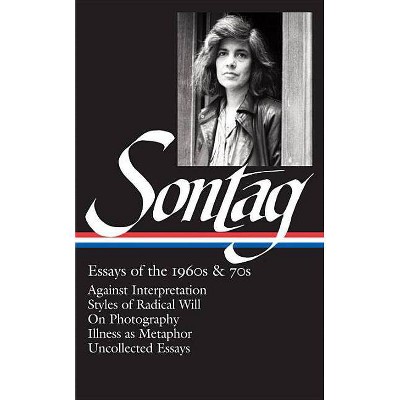Regarding the Pain of Others - (Picador Modern Classics) by Susan Sontag (Hardcover)
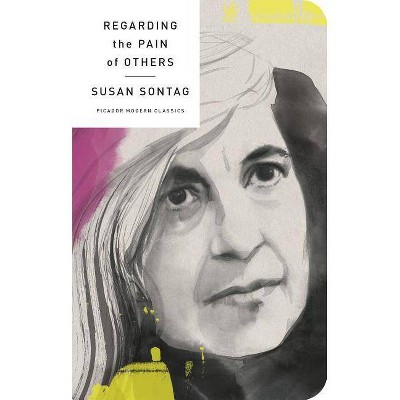
Similar Products
Products of same category from the store
AllProduct info
<p/><br></br><p><b> About the Book </b></p></br></br>"Twenty-five years after her classic On Photography, Susan Sontag returns to the subject of visual representations of war and violence in our culture today. How does the spectacle of the sufferings of others (via television or newsprint) affect us? Are viewers inured--or incited--to violence by the depiction of cruelty? In Regarding the Pain of Others, Susan Sontag takes a fresh look at the representation of atrocity--from Goya's The Disasters of War to photographs of the American Civil War, lynchings of blacks in the South, and the Nazi death camps, to contemporary horrific images of Bosnia, Sierra Leone, Rwanda, Israel and Palestine, and New York City on September 11, 2001. In Regarding the Pain of Others Susan Sontag once again changes the way we think about the uses and meanings of images in our world, and offers an important reflection about how war itself is waged (and understood) in our time."--Amazon.<p/><br></br><p><b> Book Synopsis </b></p></br></br><p><b>Beautifully repackaged as part of the Picador Modern Classics Series, this special edition is small enough to fit in your pocket and bold enough to stand out on your bookshelf. </b><br><i><br>Considered one of the greatest critics of her generation, Susan Sontag followed up her monumental </i>On Photography <i>with an extended study of human violence, reflecting on a question first posed by Virginia Woolf in </i>Three Guineas<i>: How in your opinion are we to prevent war? </i> <p/><i>For a long time some people believed that if the horror could be made vivid enough, most people would finally take in the outrageousness, the insanity of war.</i> <p/>One of the distinguishing features of modern life is that it supplies countless opportunities for regarding (at a distance, through the medium of photography) horrors taking place throughout the world. But are viewers inured--or incited--to violence by the depiction of cruelty? Is the viewer's perception of reality eroded by the daily barrage of such images? What does it mean to care about the sufferings of others far away? <p/>First published more than twenty years after her now classic book <i>On Photography</i>, which changed how we understand the very condition of being modern, <i>Regarding the Pain of Others</i> challenges our thinking not only about the uses and means of images, but about how war itself is waged (and understood) in our time, the limits of sympathy, and the obligations of conscience.</p><p/><br></br><p><b> Review Quotes </b></p></br></br><br><p>"Wise and somber. . .Sontag's closing words acknowledge that there are realities which no picture can convey." --<i>Los Angeles Times Book Review</i> <p/>These literary gems are the perfect stocking-stuffer size for the serious reader on your list; you'll look smart wrapping up one or all of them. --<i>USA Today<br></i><br>"The history of sensibility in a culture shaped by the mechanical reproduction of imagery....has always been one of the guiding preoccupations of her best work, from <i>Against Interpretation</i> to <i>The Volcano Lover</i>....Regarding the Pain of Others invites, and rewards, more than one reading." --<i>Newsday</i> <p/>"For 30 years, Susan Sontag has been challenging an entire generation to think about the things that frighten us most: war, disease, death. Her books illuminate without simplifying, complicate without obfuscating, and insist above all that to ignore what threatens us is both irresponsible and dangerous." --<i>O, The Oprah Magazine</i> <p/>"A timely meditation on politics and ethics. . .extraordinary . . .Sontag's insight and erudition are profound." --<i>The Atlanta Journal-Constitution</i> <p/>"<i>Regarding the Pain of Others</i> bristles with a sense of commitment--to seeing the world as it is, to worrying about the ways it is represented, even to making some gesture in the direction of changing it. . .the performance is thrilling to witness." --<i>The New York Times Magazine</i> <p/>"A fiercely challenging book. . .immensely thought-provoking." --<i>The Christian Science Monitor <p/></i>"Give one of these adorable mini-editions of classic nonfiction books by women--only slightly larger than a mobile phone--to a bookish friend, and they'll get lit, literally."--<i>BUST</i> <p/>"Gorgeous . . . among the season's sexiest little literary gifts . . . Close-up portraits of the grand dames by illustrator Celia Carlstedt grace the textured, curve-cornered jackets of these pocket-sized volumes (it's as if they've already been gift wrapped)." --<i>Passport Magazine</i></p><br><p/><br></br><p><b> About the Author </b></p></br></br>SUSAN SONTAG (1933-2004) was the author of four novels, <i>The Benefactor</i>, <i>Death Kit</i>, <i>The Volcano Lover</i>, and<i> In America</i>, which won the 2000 National Book Award for Fiction; a collection of stories, <i> I, Etcetera</i>; several plays, including <i>Alice in Bed</i> and <i>Lady from the Sea</i>; and seven works of nonfiction, among them <i>On Photography</i>, which won the National Book Critics Circle Award for Criticism, <i> Illness as Metaphor</i>, and <i>Where the Stress Falls</i>. Her books have been translated into thirty-two languages. In 2001, she was awarded the Jerusalem Prize for the body of her work; in 2003, she received the Prince of Asturias Prize for Literature and the Peace Prize of the German Book Trade.
Price History
Price Archive shows prices from various stores, lets you see history and find the cheapest. There is no actual sale on the website. For all support, inquiry and suggestion messages communication@pricearchive.us
